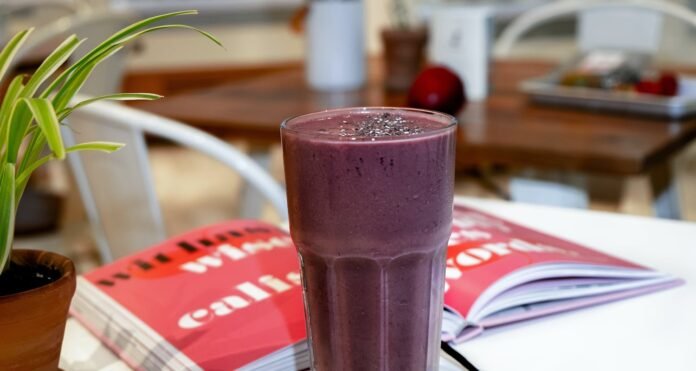Once considered the drink of drop-outs and hippies, confined to earthy-smelling health food shops and co-ops, the juice revolution has swept the nation. Now available at such trendy places as Jamba Juice and even sold in pedestrian grocery stores, the fresh vegetable and fruit juice movement is now a common part of American life. Read on for tips to learn how to be a part of this healthy revolution.
Look into getting a system for vacuum sealing your jars if you are planning on making larger quantities of juice at the same time. Being able to fully vacuum seal your container means you will be able to store it for much longer periods of time without suffering a loss in quality or health benefits.
If you are getting into juicing for health benefits, you need to remember to drink all your juice in one sitting. The second the juice is made, it will start to lose some nutrients. The faster you can drink it, the more of the health benefits you will be receiving.
You should avoid chugging juice blends too quickly, no matter how delicious the recipe might be! Take some time to notice how good the flavors taste. Allow the juice to sit in your mouth for a bit, starting the digestive processes.
Buying fruit and vegetables for your juicing can be easy by using all five senses to find the freshest produce to bring home. Sniff the item and make sure it smells good, like you would want to eat it. Squeeze it and feel if it’s too hard or too soft. Look it over for imperfections, and then take it home and taste a bit. Enjoy!
Freshly made juice should be drunk before meals. Drink your juice an hour before a meal for best results. By drinking the juice on an empty stomach, your body will absorb more of the nutrients from the mix. The added benefit is that you will reduce your hunger and, therefore, eat a lighter meal.
The best time to fire up your juicer is a half hour before any meal. Drink the fresh juice on an empty stomach. Drinking juice on an empty stomach is helpful to absorb the most nutrients quickly and effectively. Fruit juices should be consumed in the mornings because digestive energy is the lowest in the mornings.
Having trouble juicing leafy greens? Try rolling them up into balls, or cigars, and then feeding them through your juicer. You can also try wrapping them around other fruits or vegetables and then pushing the whole thing through, or chopping them very finely and placing a spoonful in the machine at a time.
To get the most out of your new juicer be open to trying fruit and vegetable combinations that you would not normally consider. Start out with basic juices, such as carrot or cucumber, but then get creative. Experiment with different vegetables and fruits. You can even use fresh herbs.
When figuring out your recipes and buying produce at the market, remember that approximately one pound of vegetables and fruit will lead to one cup of juice. Softer fruits will yield about as much juice as is equal to their weight as they won’t lose much pulp, while harder vegetables will produce a lot of pulp and produce less juice.
Keep your juicing regime simple. If you make it too complicated you’ll be less likely to stick with it. Instead of using elaborate juicing recipes with several different types of produce, just stick with 2 or 3 vegetables. Apples blend nicely with many different vegetables and lend a bit of sweetness too.
When it comes to juicing, one thing that you want to keep in mind is the fact that you may wish to invest in an expensive set of knives. This can be very beneficial because with nicer tools, your juicing experience will become that much easier to do and you will find that you are much more efficient.
When it comes to juicing, one thing that you want to keep in mind is the fact that certain juicers can be extremely loud. This is important to consider if you make your juice at odd times or if you live in apartment style housing. Be sure to read reviews to see which juicers are quieter.
It’s best to avoid juicing fruits and vegetables that have a low water content. Avocados and bananas, for example, are quite dense and don’t have much water in them. They will clog up your juicer and you won’t get much juice out of them. If you really want to include them, blend them first and then mix them with juices from other produce.
If you want to juice while pregnant, ask your doctor about the fruit, vegetables, and other spices and additives you use to ensure they’re all healthy for your baby, too. For example, there are some herbs that are often found in teas which can lead to spontaneous abortion! Double check to make sure that what you ingest is okay.
The juicing movement is on the rise but it hasn’t come far enough. The undeniable benefits of the raw juice of fruit and vegetables are essential to improving the overall health of the American public. With the increase of home juicers and the information coming out from National Cancer Institute’s about the benefits to long-term health from fruit and vegetables we will start to see more people join the juicing movement.

